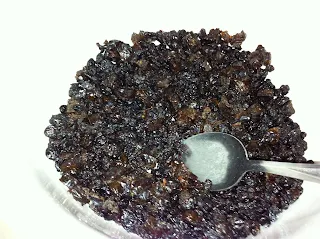
From Gerroa, one can take in the sight of stunning Seven Mile Beach, on the south coast of NSW, empty, inviting and beautiful. Gerroa is centred on a collection of homes facing a bight.
Around Gerroa Beach and Village, one has a choice of day excursions to the Belmore Falls, the Minnamurra Rain Forest, the Saddleback Mountain Lookout or the Barren Grounds Bird Observatory. Two vineyards, the Coolangatta Estate and the Crooked River Winery, offer a change from beaches, dairy downs and cycling/running activities. I recommend Werri Beach, which come with sandy stretches, good surf waves and caravan parks. There are also tidal pools to consider at the southern end of Werri Beach. The Gerroa Boat Fishermen's Club provides a great weekend lunch of seafood themes.
From a related website, fishermen note:
"Marlin, yellowfin tuna, kingfish, mulloway (jewfish), snapper, flathead & morwong are all within easy reach from a boat launched at one of the boat ramps. Seven Mile Beach is famous for its whiting during the summer months as well as bream, tailor, salmon, flathead and mulloway. Crooked River is a popular place for prawns, good size bream and flathead.
Black Head, Gerroa, has a car park and tracks leading to the rock platform below which is a good spot for catching bream, kingfish, snapper, drummer, trevally, salmon, tailor and groper. However, be very careful, as the waves can be dangerous. Werri Beach is a very deep beach with snapper to 6kg and whiting to 1kg to be had plus Australian salmon galore at times."

The local association fair (above) held on 1 October 2011 - there was a variety of handicraft, well loved books, scones, toys and curry puffs on offer to visitors. I was taken by Daniel to the local grocery along Stafford Street, and later dropped by his house, where his wife Yet Lan had created a diverse and attractive garden. It was delightful to have tea with them and their other visitors, Viviana and Michael.
































